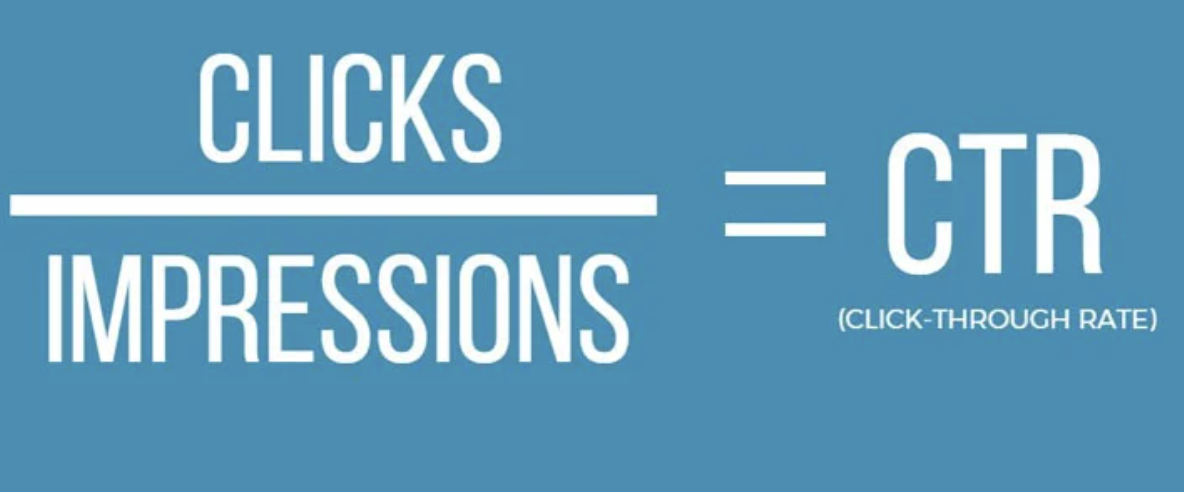CTR Adjustment: A Video Game Changer for Digital Campaigns
The rise of CTR manipulation has undoubtedly transformed electronic marketing methods, offering marketing experts with tools to boost involvement and drive website traffic effectively. Methods such as A/B screening and individualized content have confirmed to produce substantial improvements in click-through rates. Nevertheless, as brands progressively take advantage of these methods, the honest implications of such practices necessitate examination. Stabilizing the search of optimized metrics with the requirement for authentic target market links presents a critical challenge for marketing professionals today. What effects might this balancing act hold for the future of digital projects?
Comprehending CTR Manipulation
Although click-through rate (CTR) manipulation may seem like a simple technique in electronic advertising, it encompasses a variety of techniques aimed at synthetically inflating involvement metrics. This adjustment can take various types, including using click farms, robots, or deceptive ad positionings that deceive customers right into clicking. These techniques can compromise the stability of performance data, making it testing for marketing professionals to assess the genuine effectiveness of their projects.
Furthermore, CTR adjustment elevates honest issues, as it threatens the transparency of electronic marketing. The dependence on inflated metrics can result in misguided advertising decisions, skewing resource allotment and project approaches. Organizations may invest heavily in channels and tactics that show up effective but do not generate actual engagement or conversions.

Advantages of Click-Through Rate Optimization
Optimizing click-through price (CTR) is important for boosting the efficiency of electronic advertising and marketing campaigns. A greater CTR suggests that a bigger proportion of customers are engaging with the content, which can result in enhanced website traffic and better conversion rates. By improving CTR, brands can efficiently assign their advertising and marketing resources to efforts that generate the greatest returns.
One of the primary advantages of CTR optimization is the capacity for enhanced ad placement and reduced prices - CTR Manipulation. Systems like Google Ads award greater CTRs with better advertisement positioning and lowered cost-per-click (CPC), enabling marketers to extend their budgets further. In addition, a well-optimized CTR can improve brand exposure, as higher involvement prices often correlate with boosted natural reach

Strategies for Effective CTR Adjustment
To properly control click-through rates (CTR), marketing experts can employ a variety of strategic methods that boost individual interaction and drive traffic. One fundamental technique is maximizing ad duplicate to produce compelling and action-oriented language. CTR Manipulation. Utilizing solid call-to-action (CTA) expressions motivates customers to take instant activity, boosting the probability of clicks
Another effective technique is A/B testing, which enables pop over to this web-site marketers to compare different ad variants. By methodically evaluating performance metrics, they can recognize which components reverberate best with the target audience, thereby fine-tuning their approaches for maximum impact. In addition, leveraging aesthetically appealing graphics and concise messaging can record focus swiftly, making it more likely that customers will certainly engage.

Finally, maximizing touchdown web pages to make sure a seamless individual experience can minimize bounce rates and motivate additional interaction, ultimately cultivating higher CTR. By incorporating these methods, online marketers can efficiently manipulate CTR to attain their project objectives.
Measuring Success in Digital Campaigns
Measuring success in electronic projects needs a clear understanding of essential performance indicators (KPIs) that straighten with project purposes. KPIs work as quantifiable metrics that aid examine the efficiency of various methods employed throughout the campaign. Usual KPIs include click-through prices (CTR), conversion rates, cost per procurement (CPA), and return on investment (ROI)
To successfully measure imp source success, it is vital to establish details, measurable objectives at the beginning of the project. As an example, if the primary goal is to increase brand name awareness, metrics such as impacts and interaction prices may be focused on. On the other hand, projects concentrated on direct sales would certainly take advantage of a much more detailed analysis of conversion prices and profits generated.
Regular this post analysis of these KPIs makes it possible for online marketers to make data-driven choices, optimizing their techniques in real-time. Utilizing analytical devices can aid in monitoring performance and determining patterns, enabling for speedy adjustments to improve project results. Inevitably, a detailed approach to measuring success not just highlights areas for renovation yet also strengthens the general performance of electronic marketing efforts, driving sustained growth and interaction in the long-term.
Future Trends in Digital Advertising
Expecting the future of electronic advertising exposes a landscape formed by quick technical innovations and transforming consumer behaviors. As expert system and artificial intelligence remain to develop, marketing experts will significantly take advantage of these innovations to customize campaigns at an unprecedented range. Predictive analytics will enable brand names to anticipate client needs, optimizing advertisement placements and content delivery in genuine time.
Moreover, the rise of voice search and wise devices is changing exactly how customers communicate with digital web content. Marketers will certainly require to adapt their strategies to ensure exposure across numerous systems, consisting of voice-activated aides. This shift necessitates a concentrate on conversational advertising, stressing interaction through discussion as opposed to typical marketing tactics.
In addition, personal privacy concerns are motivating modifications in information collection practices. Transparency and moral data usage will certainly end up being paramount, driving brand names to promote trust fund and loyalty amongst consumers. The recurring development of social media platforms will certainly also affect marketing methods, with a heightened emphasis on credibility and user-generated content.
Verdict
In summary, CTR manipulation represents a substantial development in digital advertising strategies, providing immediate benefits with boosted engagement metrics. However, the moral factors to consider bordering such techniques require a cautious strategy to ensure long-term brand name honesty and real target market connection. By striking an equilibrium in between optimization methods and genuine involvement, marketing experts can grow lasting relationships with consumers. The recurring development of digital marketing will depend upon this delicate interaction, forming the future landscape of brand-consumer communications.